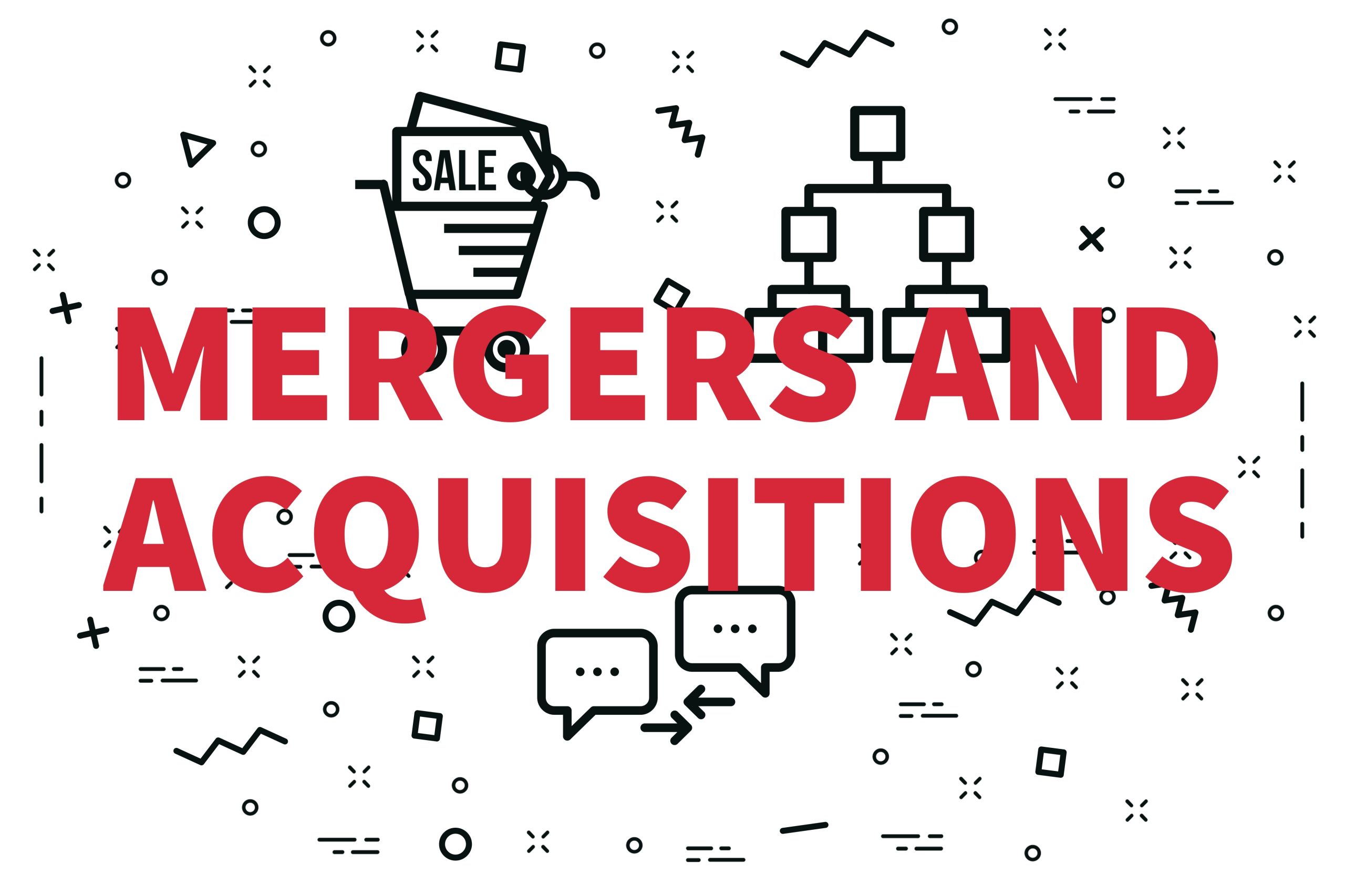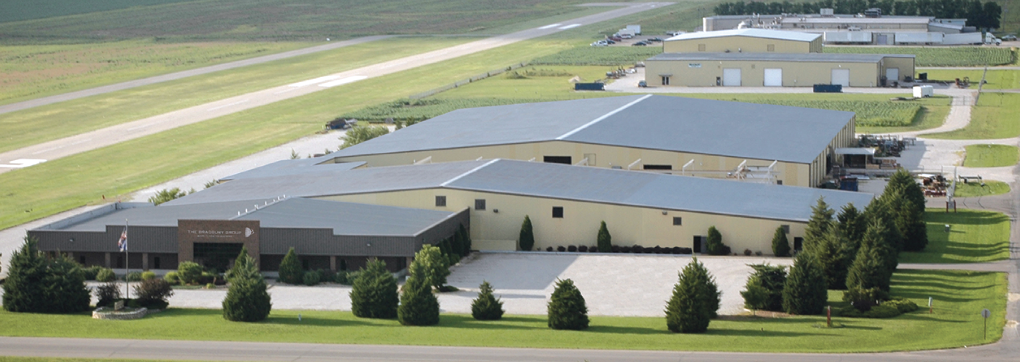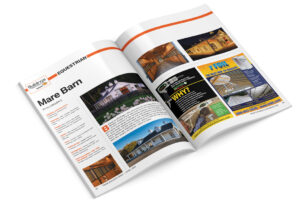By Matt Greiner, Greiner Buildings, Inc.
Recruiting. Retention. Attracting and retaining talent. Skills. These are all words we will most likely hear over and over again for the remaining of our post frame days. You can pretty much count on it.
When it comes to assembling a skilled workforce, we all fit into one camp or another. Either we are in Camp 1, trying a million things, at times feeling like we are beating our heads against the wall to no avail, experiencing some success here and there, and looking for answers. Or we are in Camp 2, where we have given up or completely rerouted. Perhaps downsized or outsourced. Maybe we find ourselves in both.
For those still fighting the good fight or interested in getting into the battle and looking to grow or improve your crew workforce, I’m here to share insights I’ve gained over the years. Having hired and trained employees of all types and backgrounds in the post frame industry since my teenage years and now into my early forties, I’ve perhaps learned a few things that can help. Here are five ideas you can try that might give you a one-up on the competition.
1. Treat recruiting like sales. Put as much time, effort and investment toward recruiting as you do sales. After all, you can only sell what you can build. Calls/ emails/ texts to candidates should be PROMPT. Remember that your competition, both direct and indirect, is looking to hire the best recruits also. You want to beat everyone to the punch. Set up a system to evaluate recruits immediately and contact the high potential ones immediately. This means at the very least the same day but, if possible, within an hour or even minutes from the time you receive their application. You can look into online platforms that will help you with organizing, evaluating and communicating with applicants as you will need some process in place to stay robust and organized.
2. Offer some level of training and development. People coming into the workforce today likely have less inherent construction skills than previous generations. Individuals do not want to struggle and be frustrated. They need employers to invest in them and help accelerate their skills and knowledge. You can look at general education in your geographic area or at organizations such as the NFBA, which has material you can begin using immediately. Set up a computer with headphones and show the videos that are already available; it will at least help new workers get acclimated to the position more quickly. Direct employees to YouTube where, thanks to a number of contributors, we have a plethora of fantastic content from which to learn. Look into upcoming programs the NFBA is offering, which roll out in early 2022. Or research what’s available in your geographic area for teamwork, leadership or other skills training. Invest the time and money toward it and don’t go cheap! Trust in the ROI!
3. Support your crews. Figure out what matters to today’s worker and provide accommodations accordingly. Workers today generally do not tolerate the harsh treatment previous generations once did (or so the story goes). They have too many other options to put up with it. Deal with any internal barriers or conflict (if present) to make their workday more enjoyable. Have a COO or interactive project managers on staff that spend a majority of their time interacting with crews, reducing challenges, and keeping ahead of them. Let them build and do what they are good at. Try to make their lives and jobs a little bit easier. And be accommodating to family life as many employees are young parents with working spouses and tight budgets. Be as flexible as possible with schedule. Let employees off early and allow days off when it is possible and appropriate. Do not force work in harsh conditions if it can be avoided.
4. Provide proper equipment and tools. Again, this is another good investment. The tools offer a win-win for everyone. The company may get a write-off or at least better-equipped crews, which will do a better job and be more efficient, and the worker will be happier and safer. Consider using rewards programs that allow employees to buy their own tools such as drills and other gadgets. Bring the proper lifts and heavy machinery on-site, whether bought or rented, in order to make the job easier and safer. Provide clean and well-organized trucks for transportation. Builders will be attracted to a company where these things are common practice.
5. Maintain a clean and organized work environment. Crews usually will not or cannot achieve this on their own, so someone will have to roll up their sleeves and pitch in to help. Have dedicated space in a shop that is temperature controlled for your crews to call their own. Keep trucks clean and organized. Allow time and offer rewards for this. It will make their days more enjoyable and lower stress for everyone. Crews that are surrounded by a clean, orderly, and professional environment will endure and be more efficient in the long run. Your company will also improve its reputation and benefit financially once you figure out how to get this under control.
This topic can go on forever, but these five steps will get anyone looking to spruce up their crew staffing and efficiency for 2022 pointed in the right direction. FBN
About the author:
Matt Greiner is owner of Greiner Buildings, Inc. and Greiner Technology, LLC based in Washington, Iowa. Greiner Buildings has been in operation since the mid-1980s and today has approximately 30 builder employees in two states. GB works with a variety of subcontractors in every trade, specializing primarily in post frame construction but also pre-engineered steel and some other forms of construction. Greiner Tech designs software for figuring and drawing post frame buildings and managing the operational aspects of a post frame business.
Matt and his wife, Ashley, reside in Washington, Iowa, with their two children. Matt started building post frames at a young age and ran a small contracting company while attending college at the University of Iowa as a business administration major and entrepreneurship minor. He is currently COO and owner of Greiner Buildings and leads the programming team at Greiner Tech. They have three locations in Des Moines and Washington, Iowa and Kewanee, Illinois.























